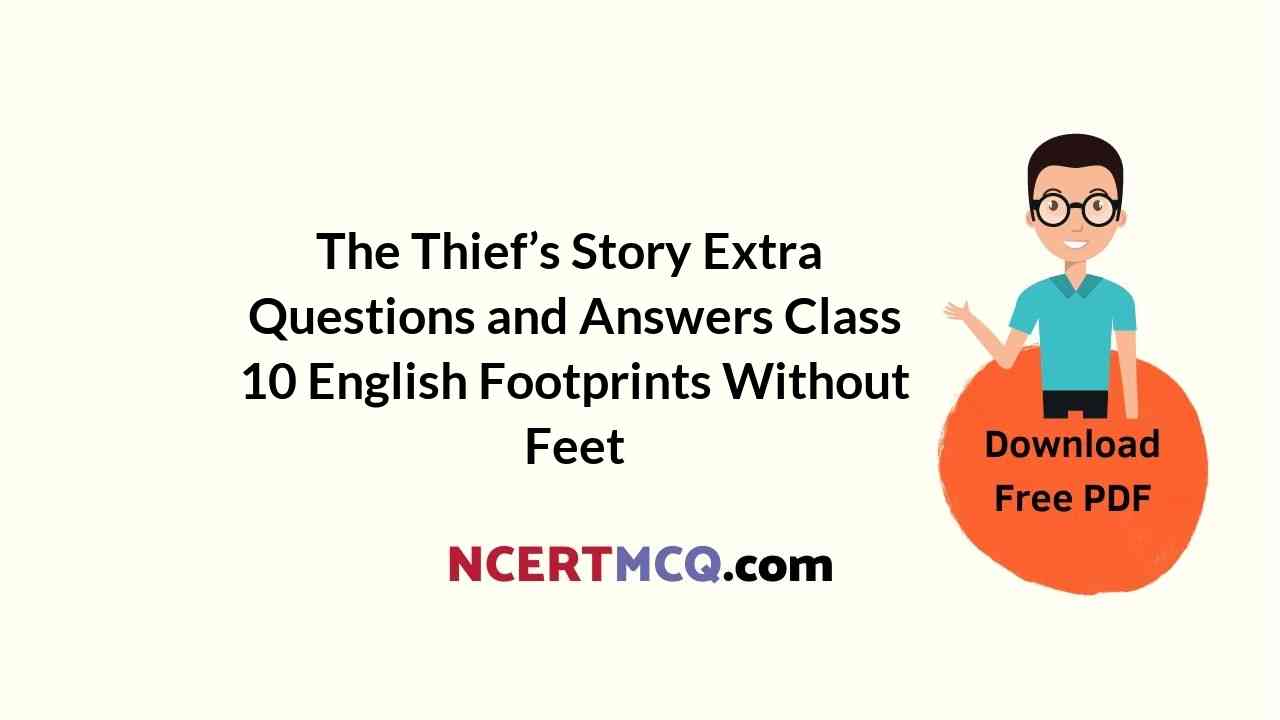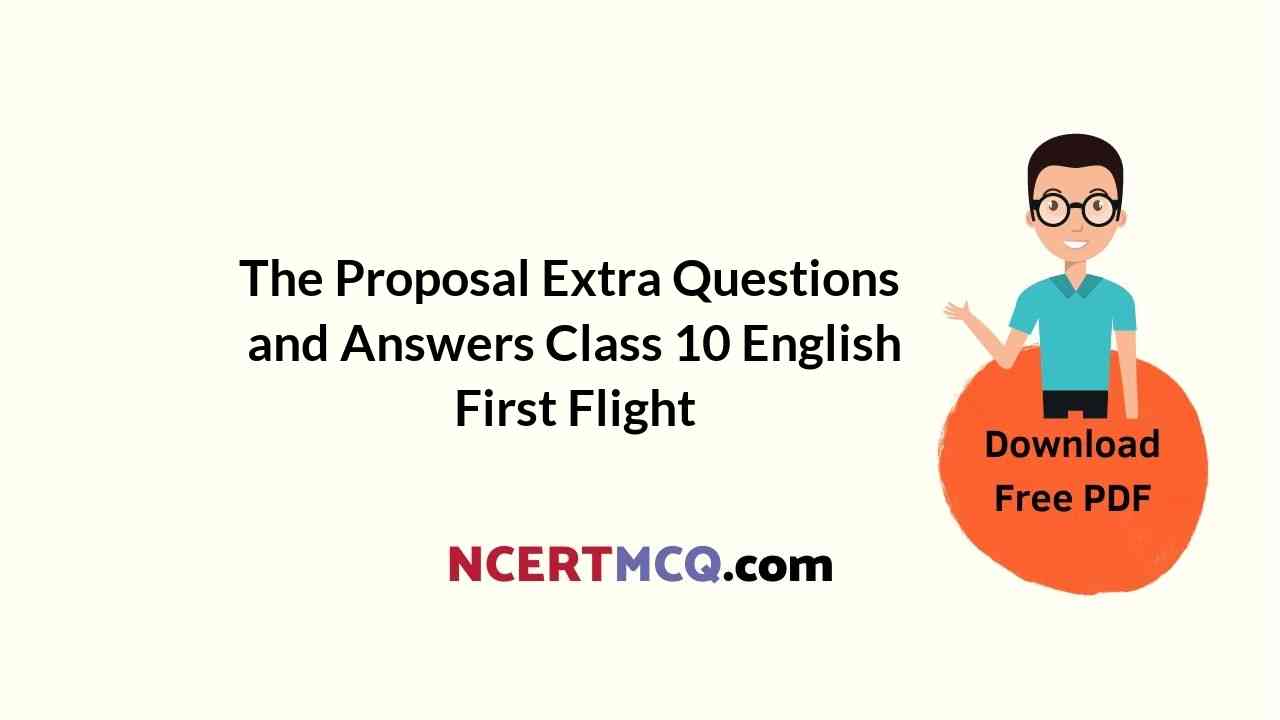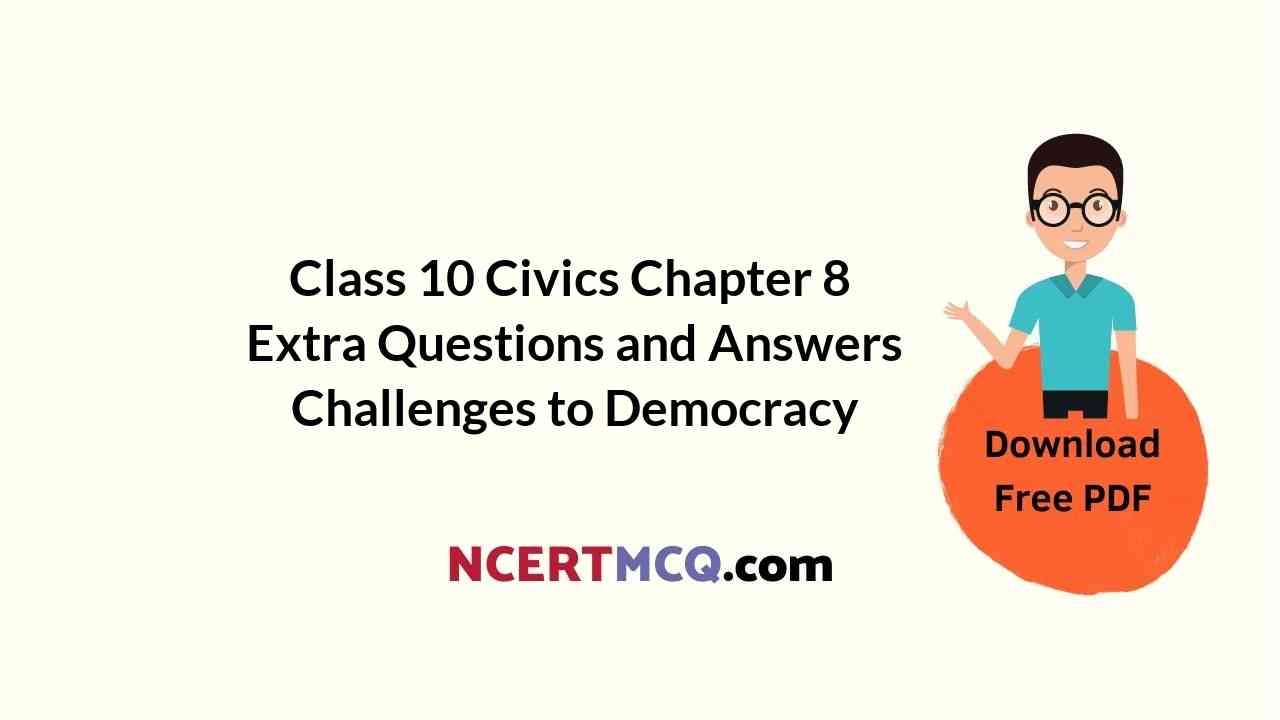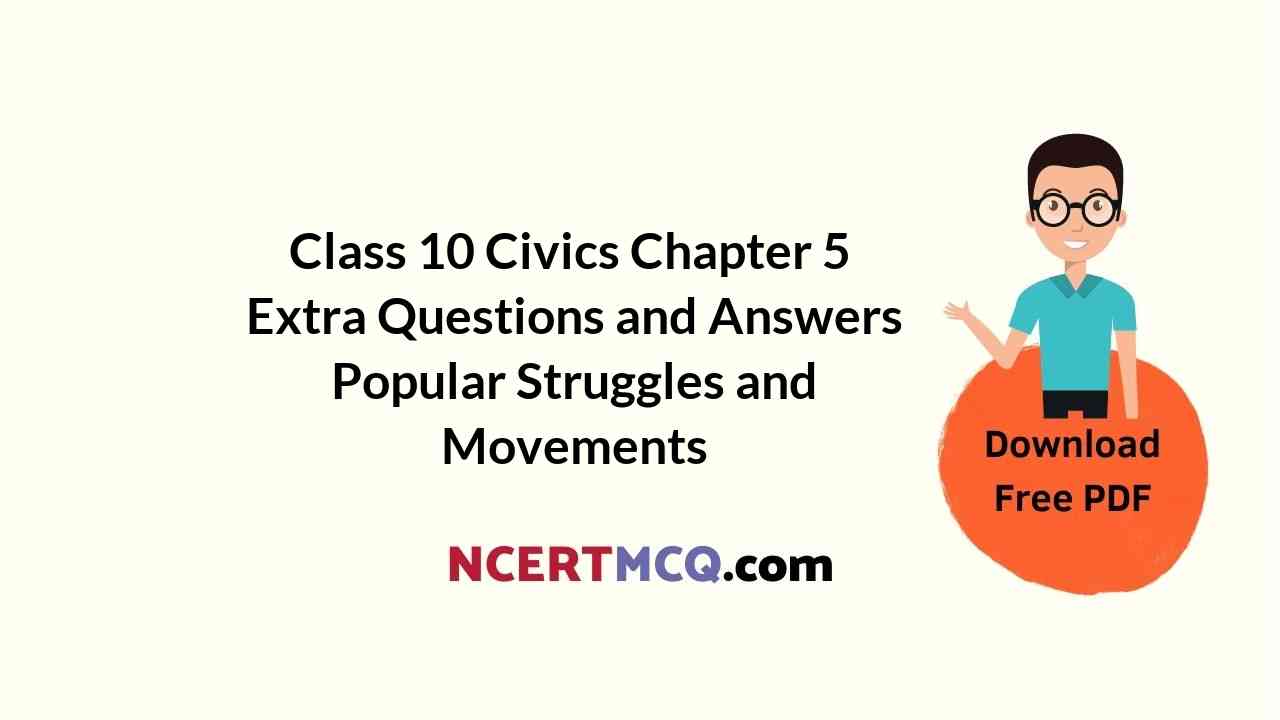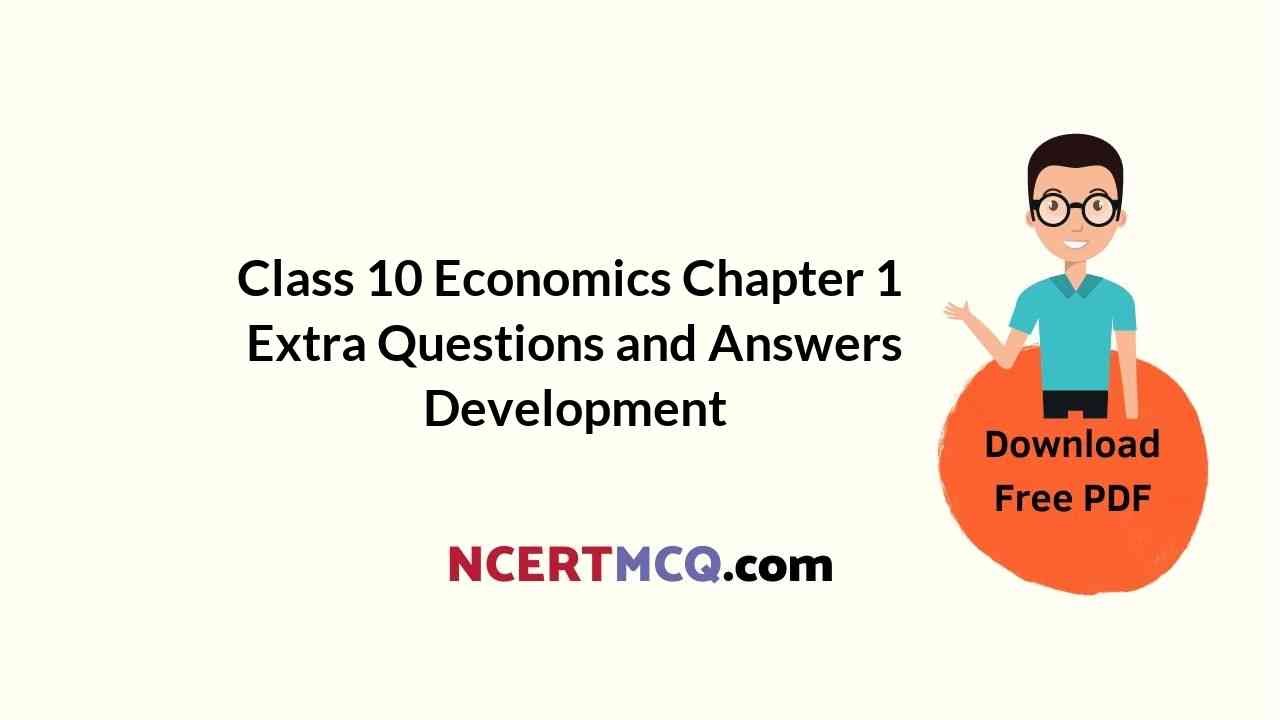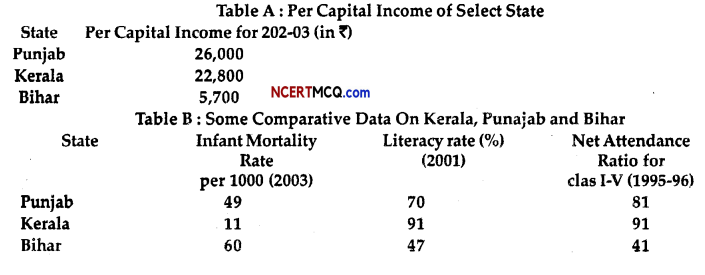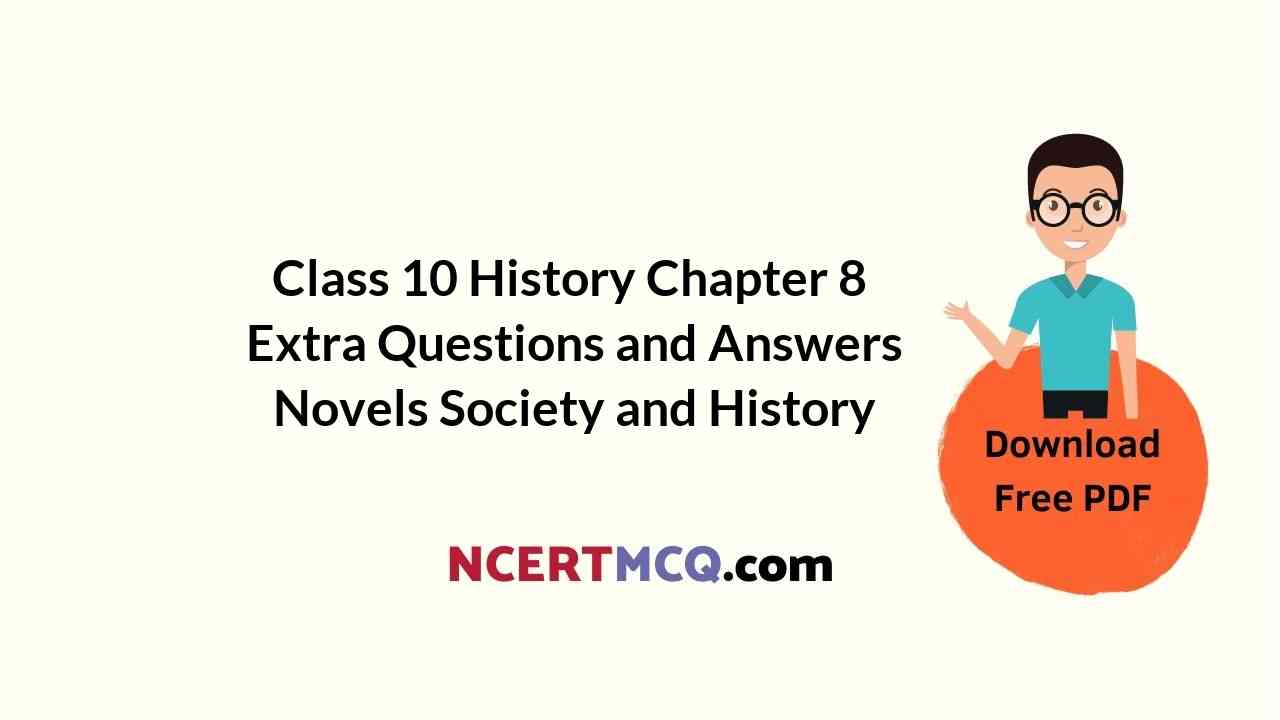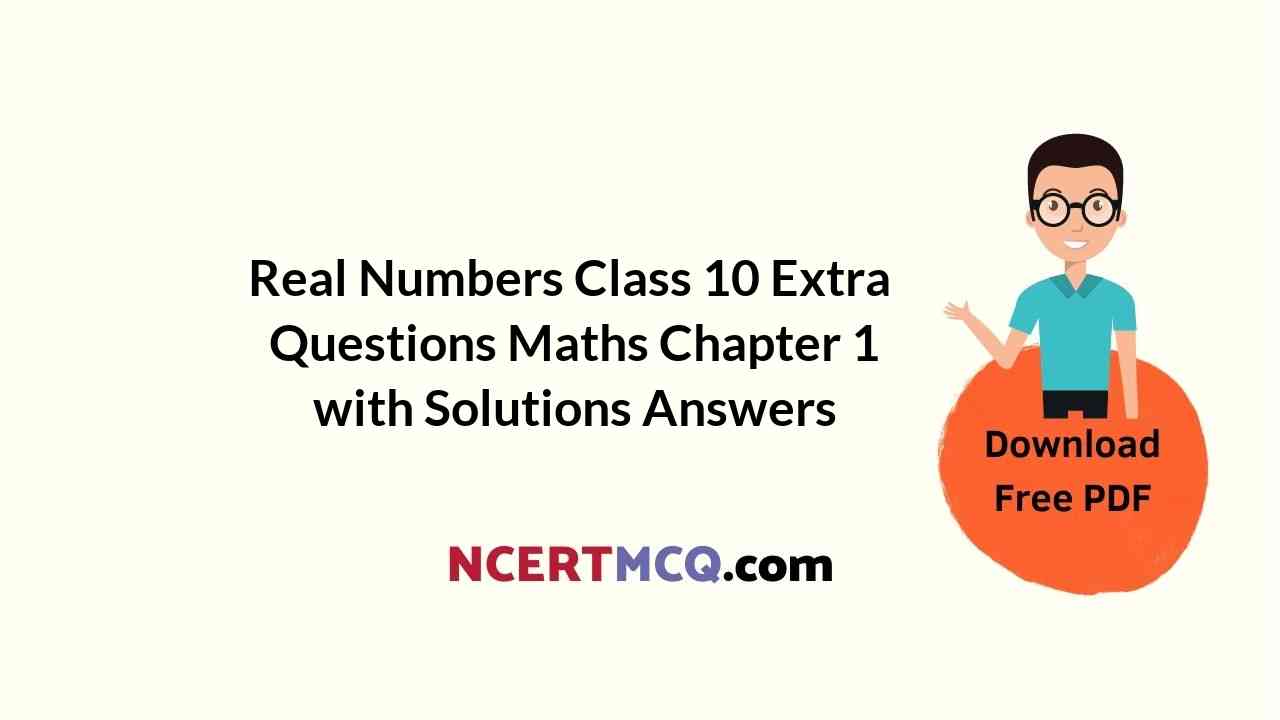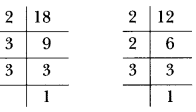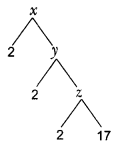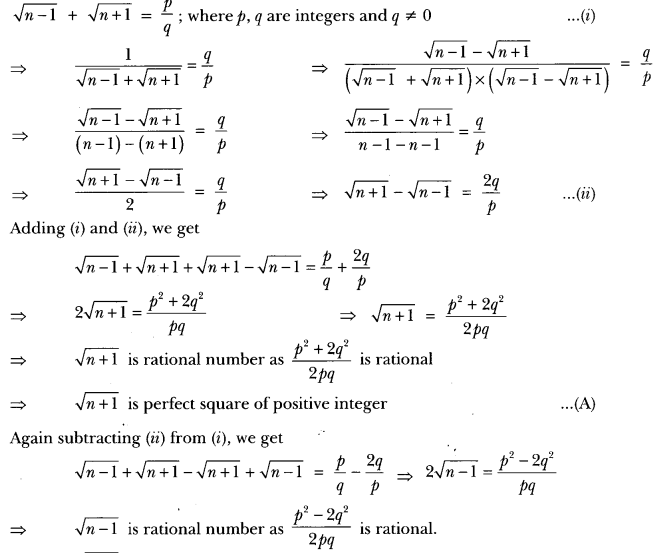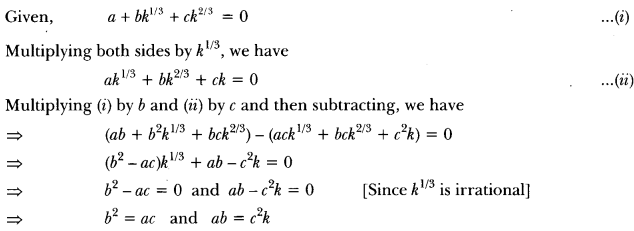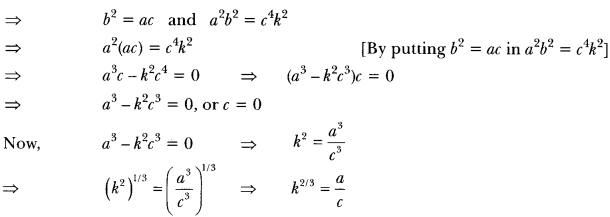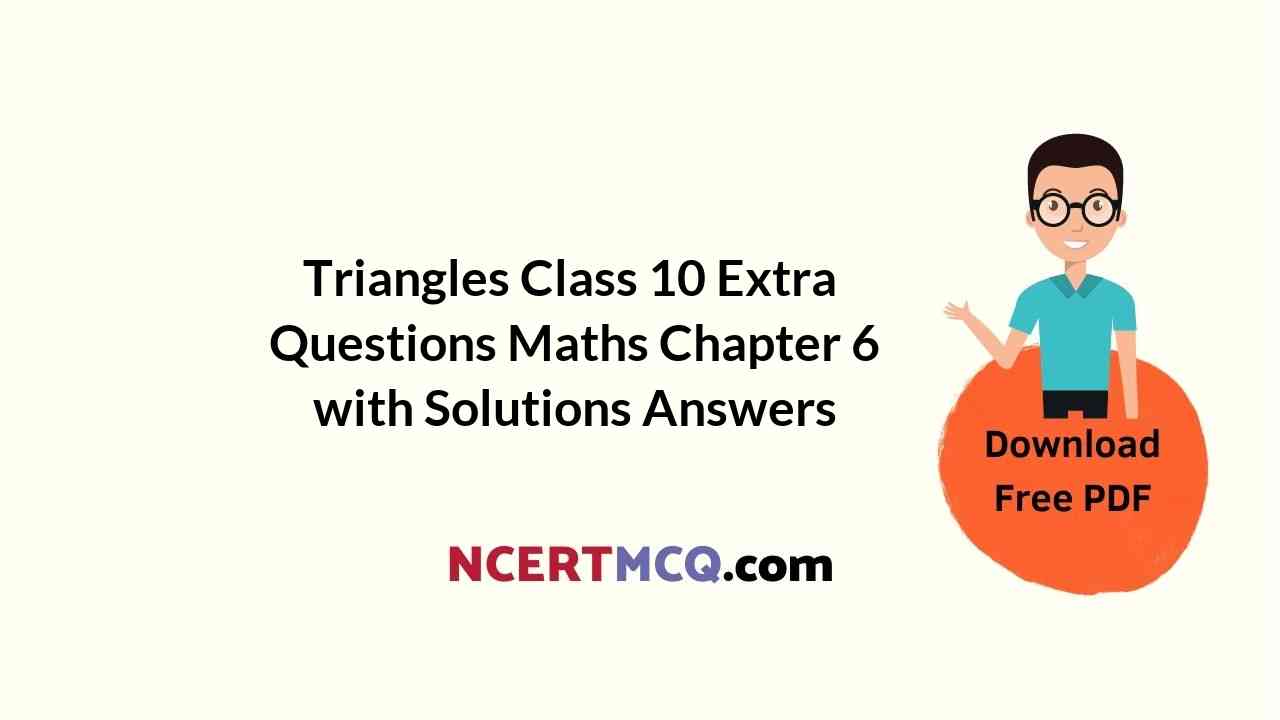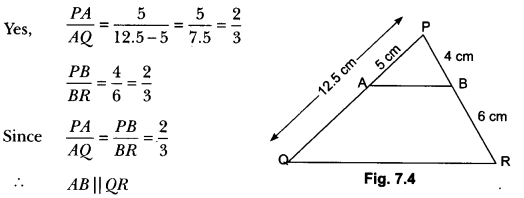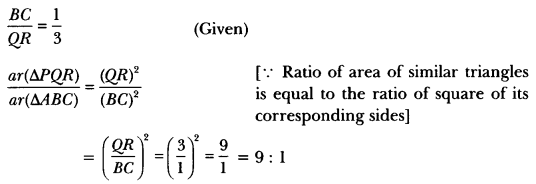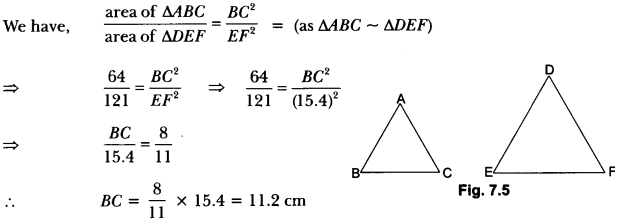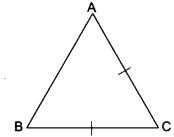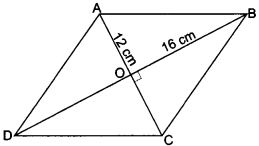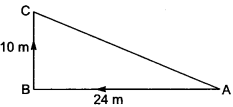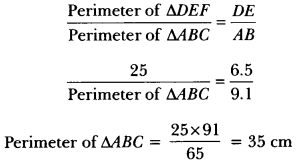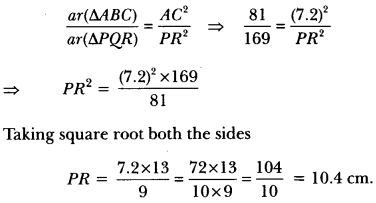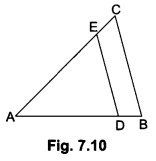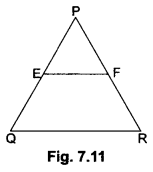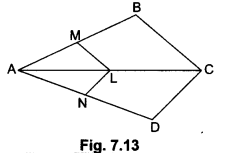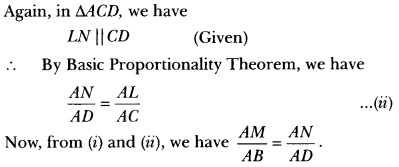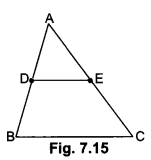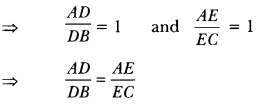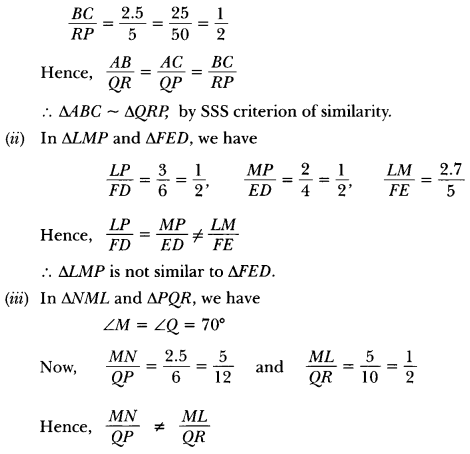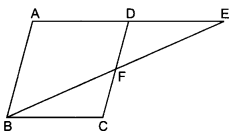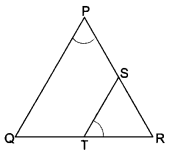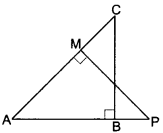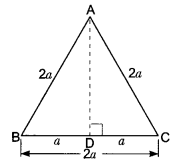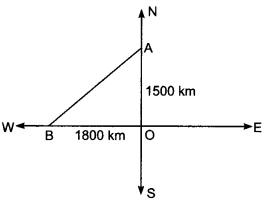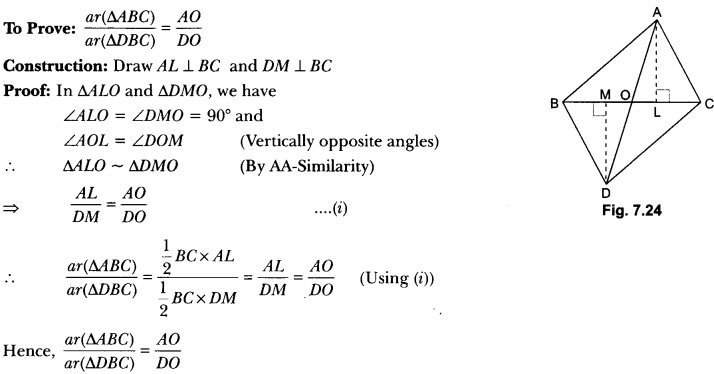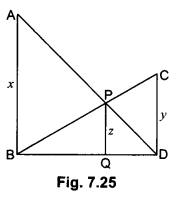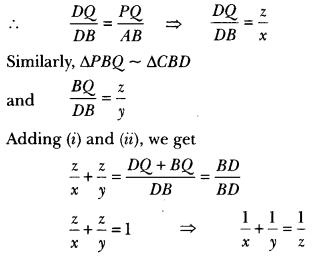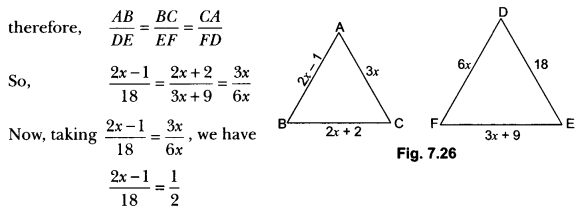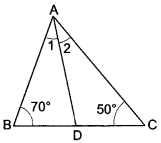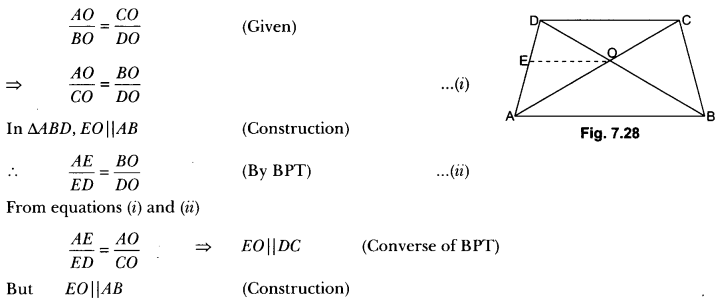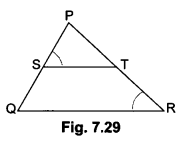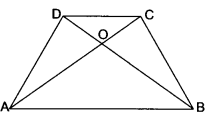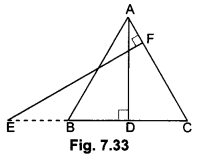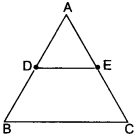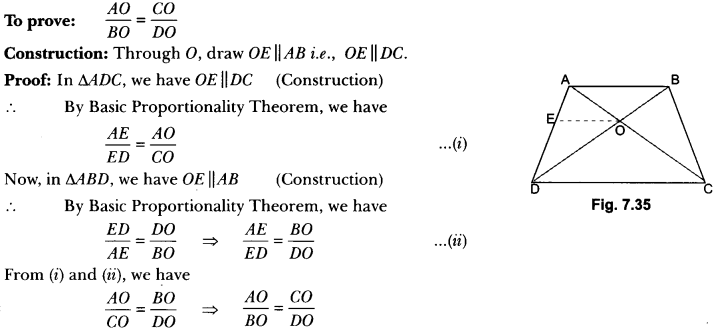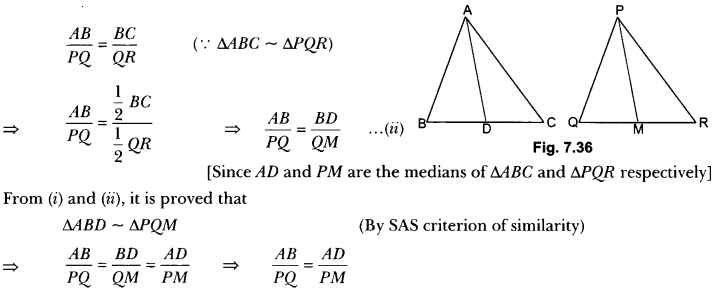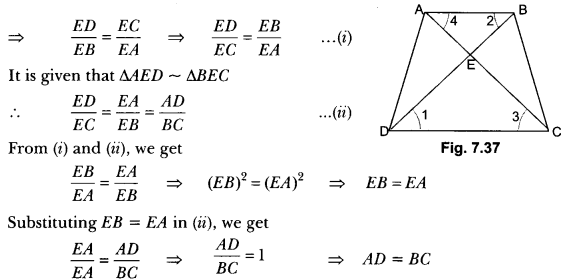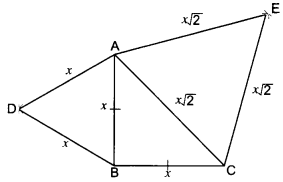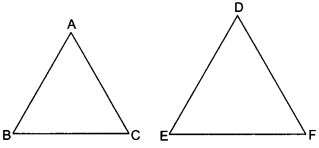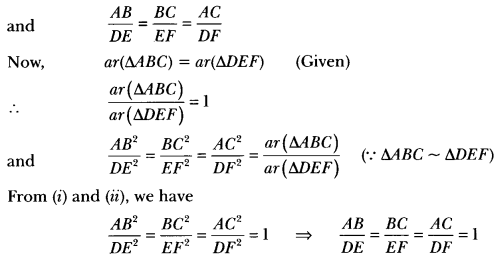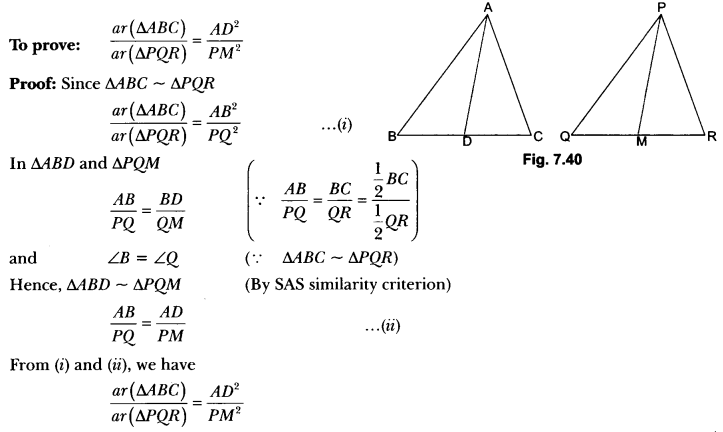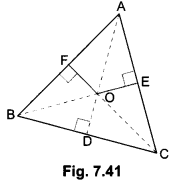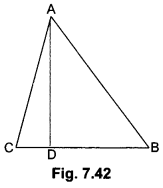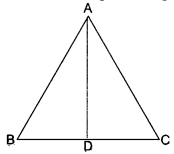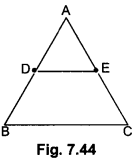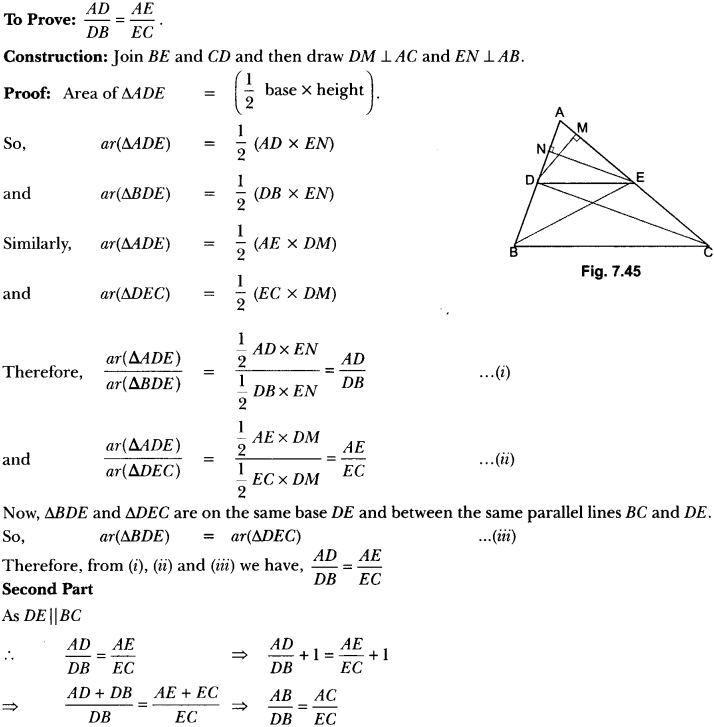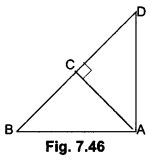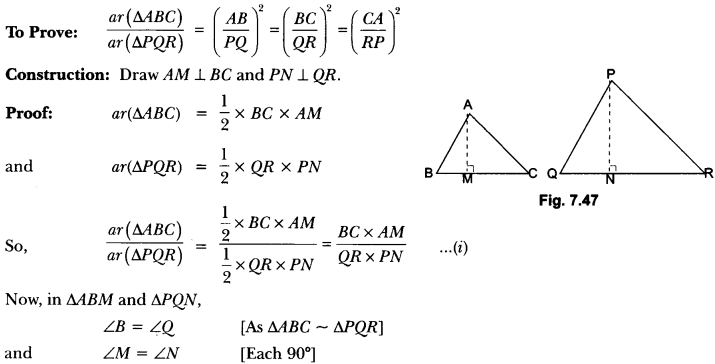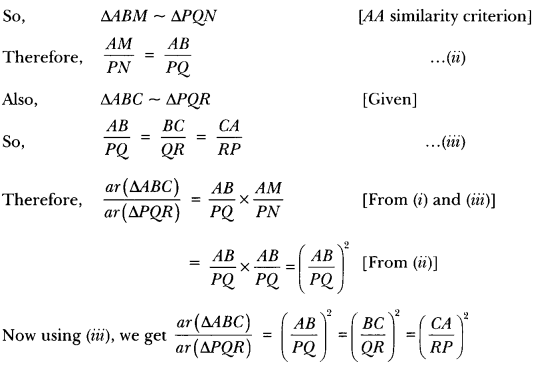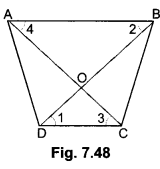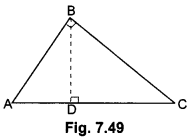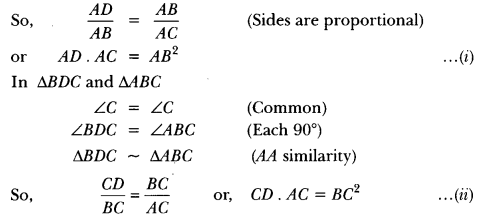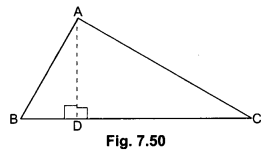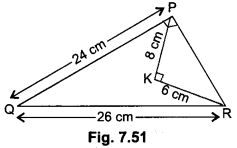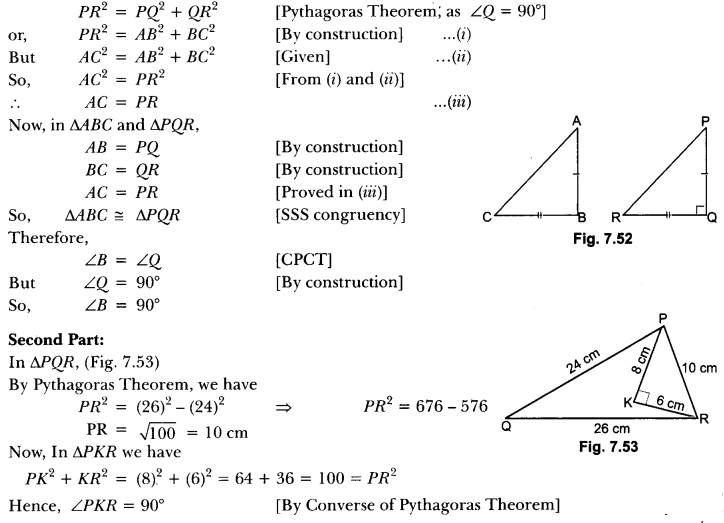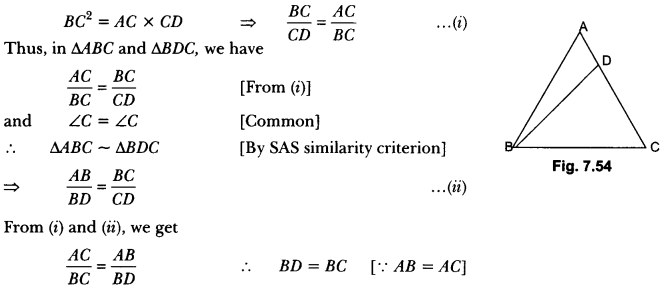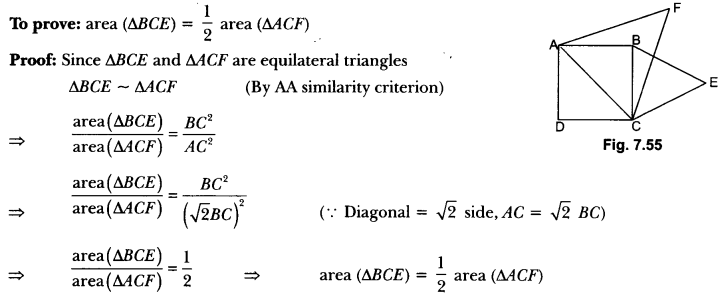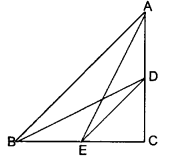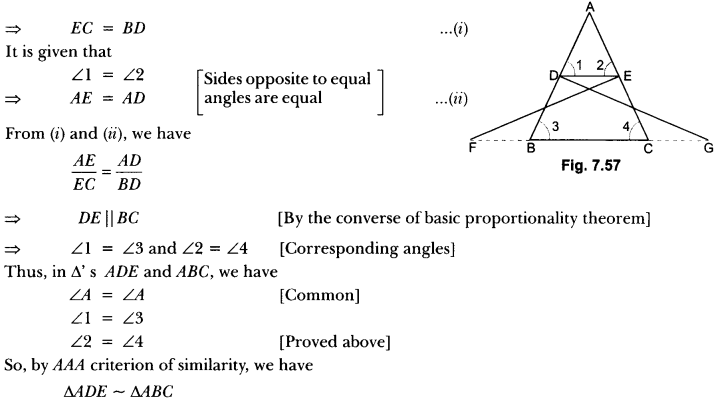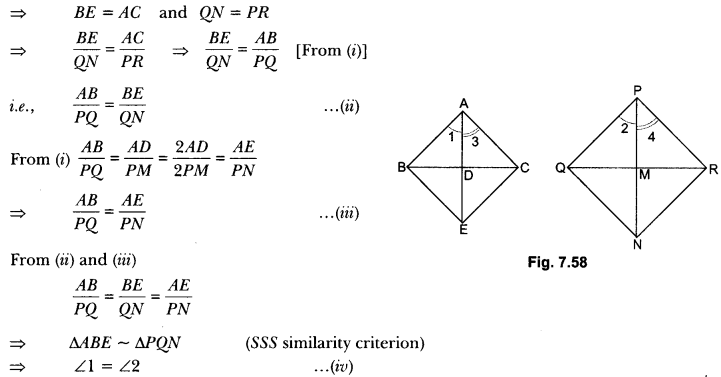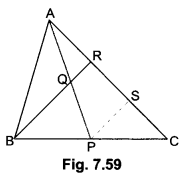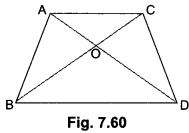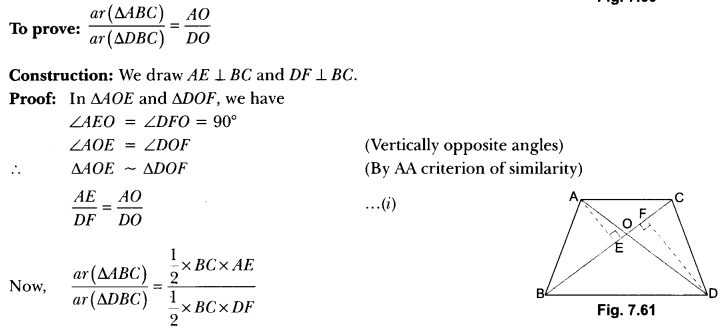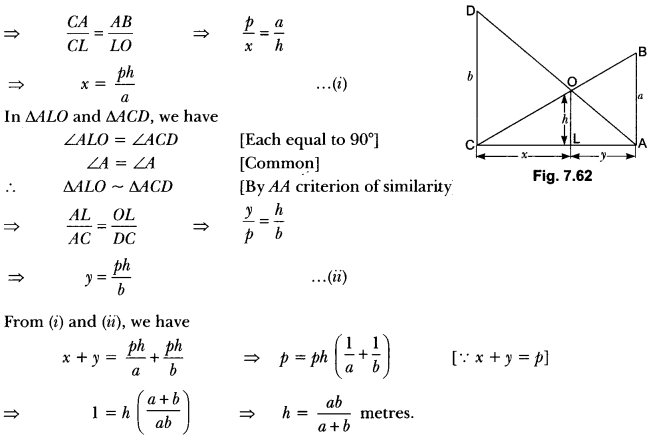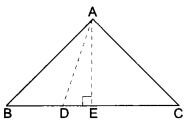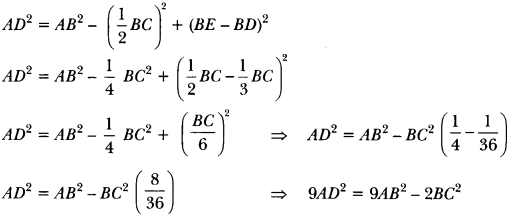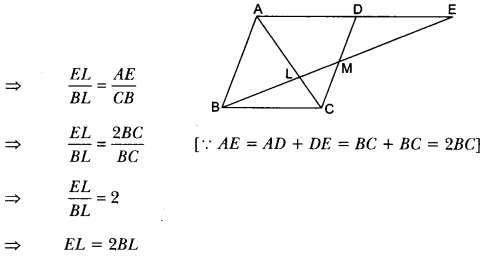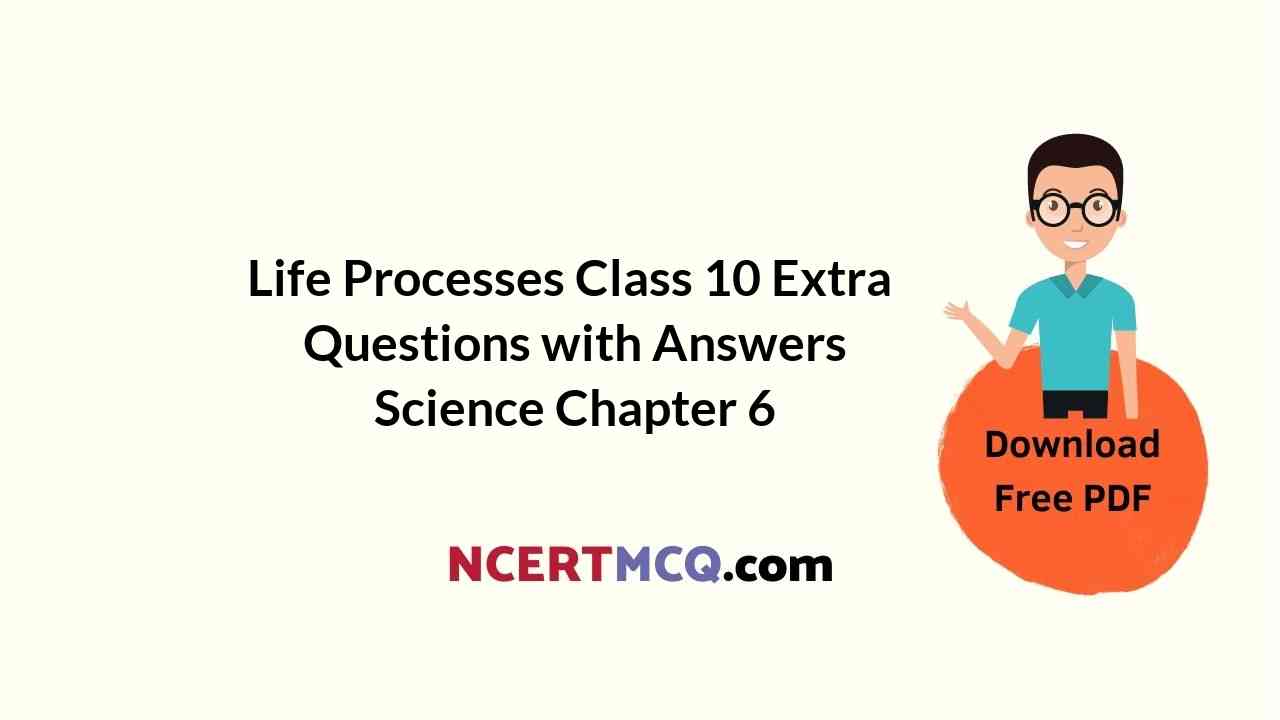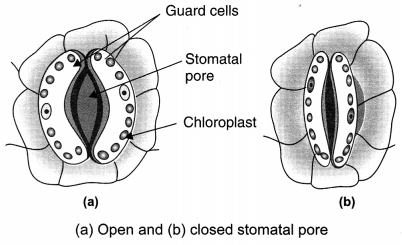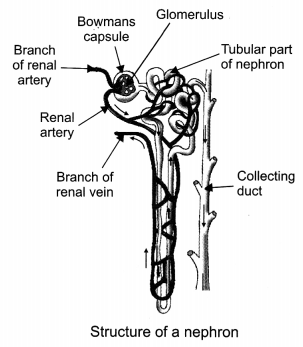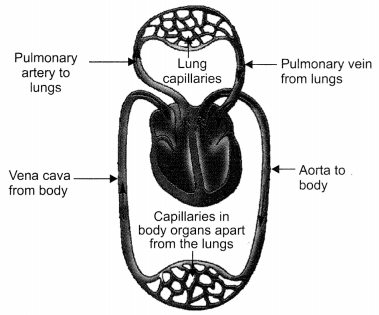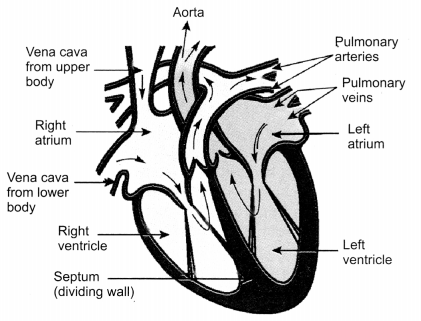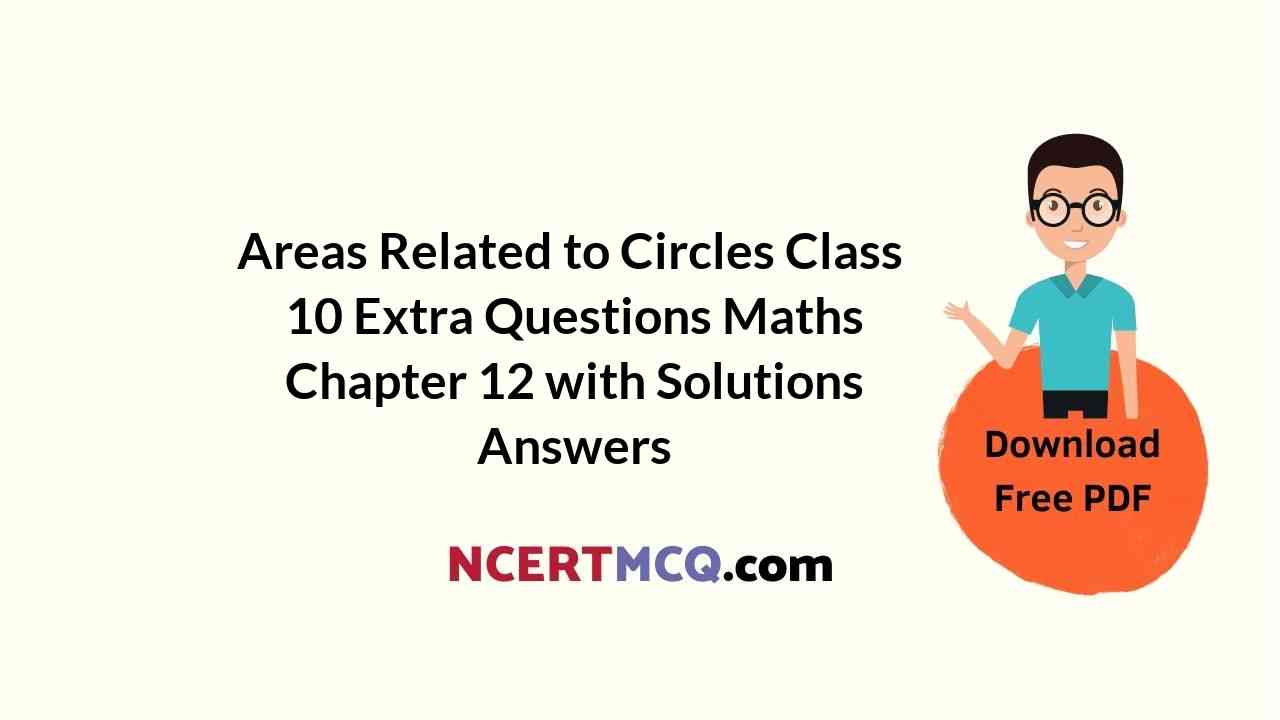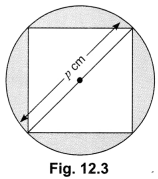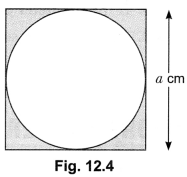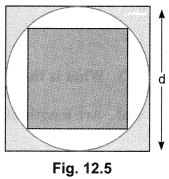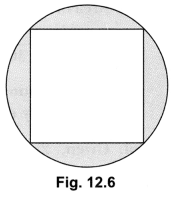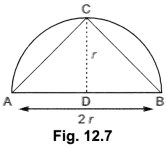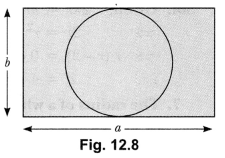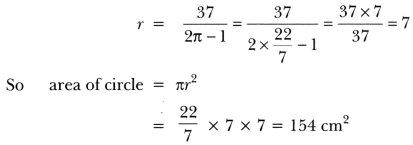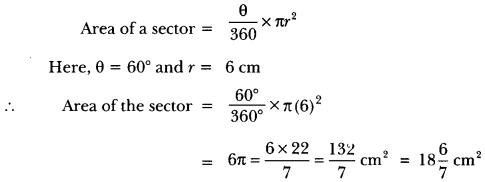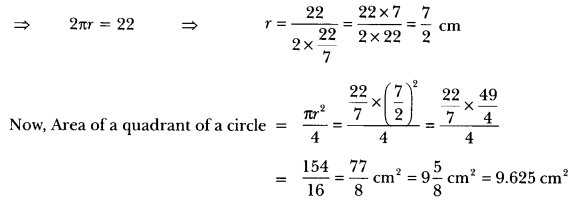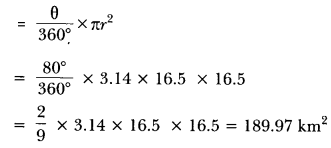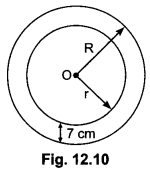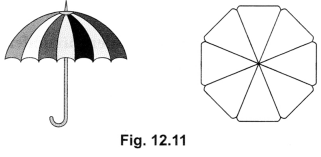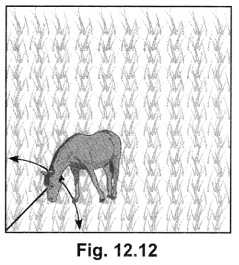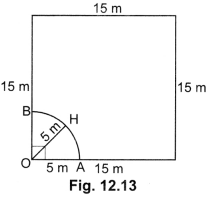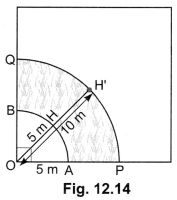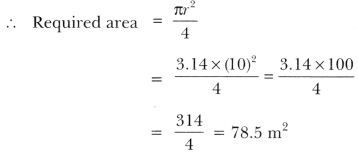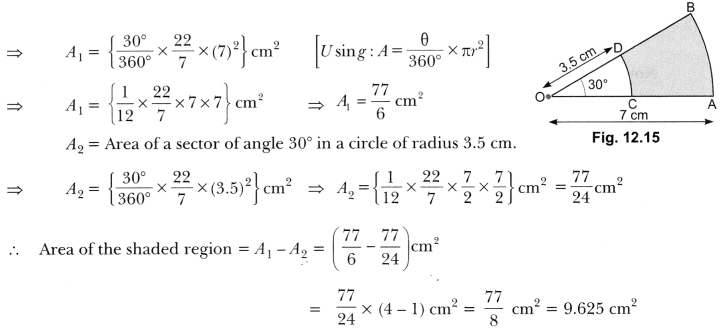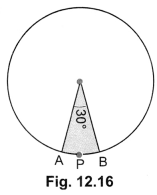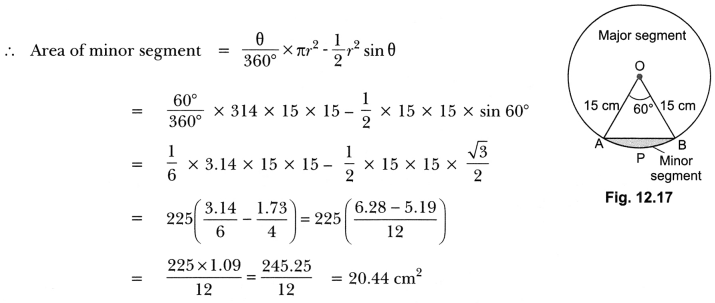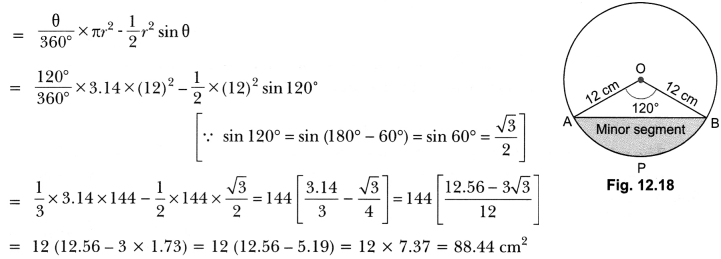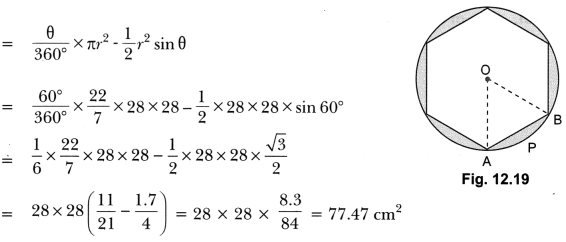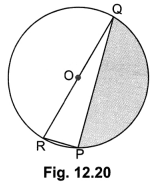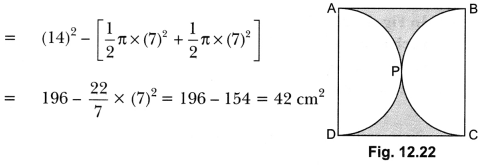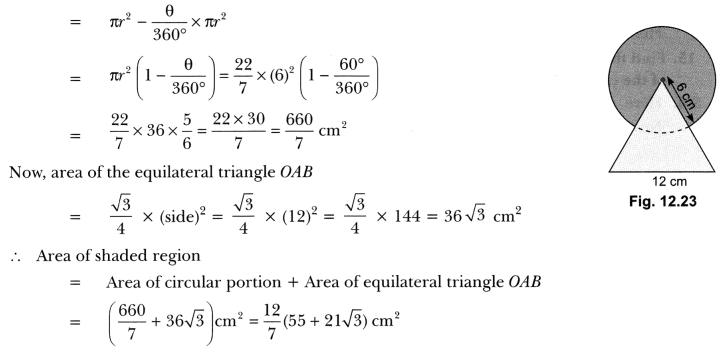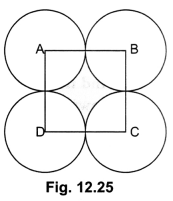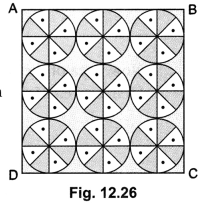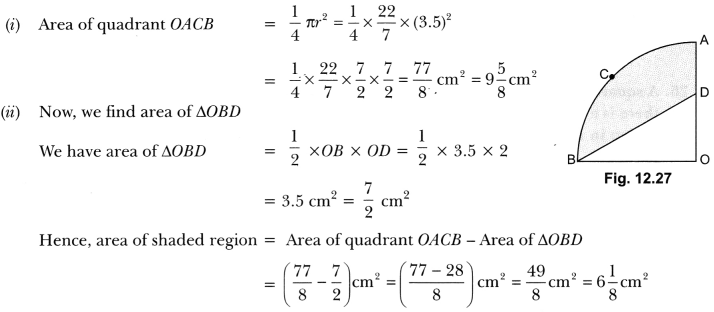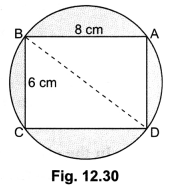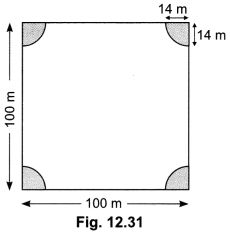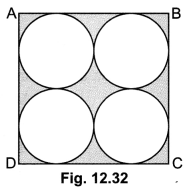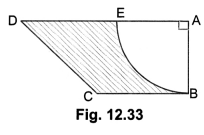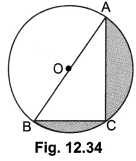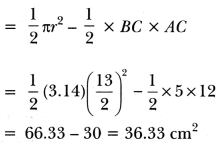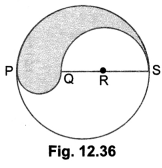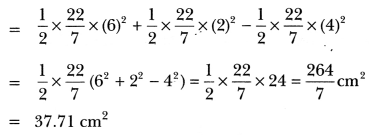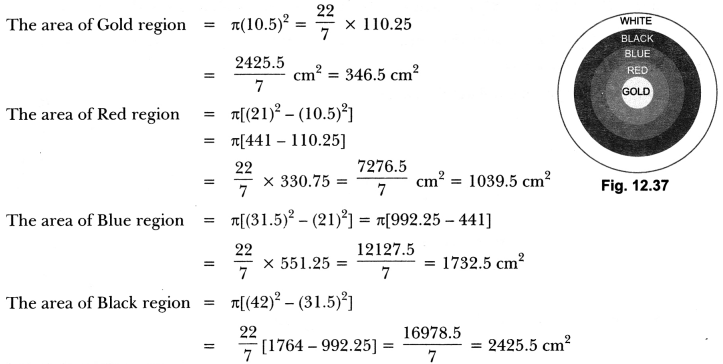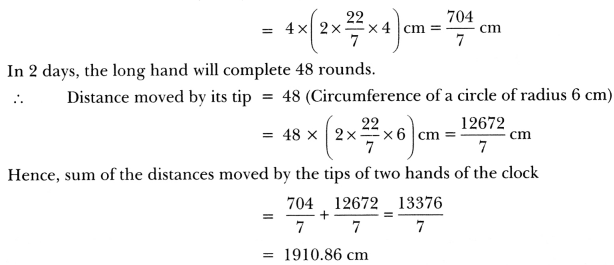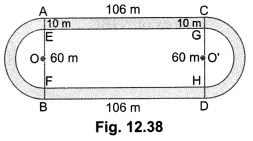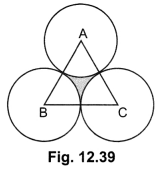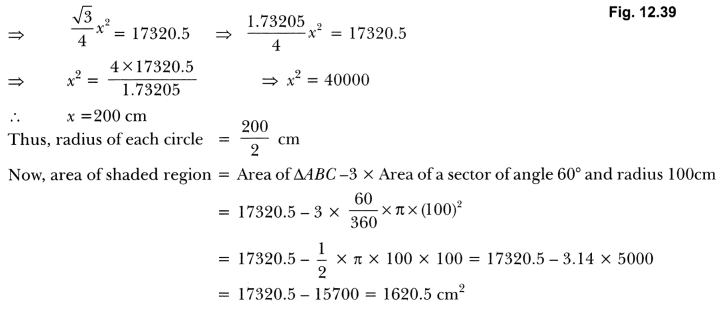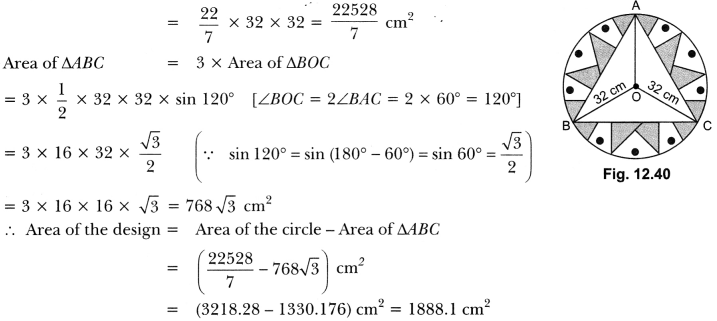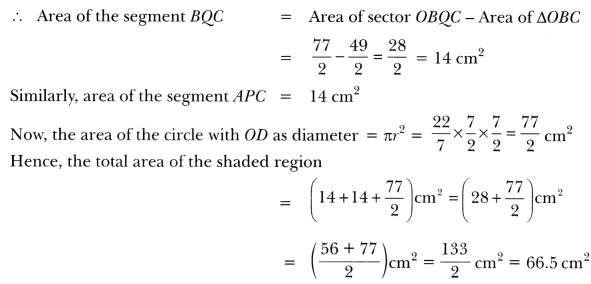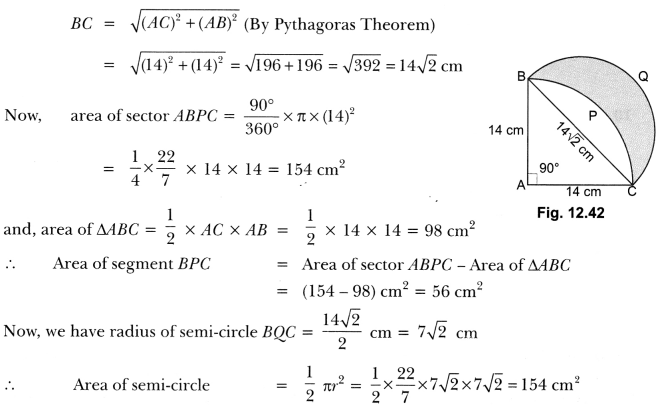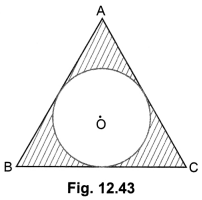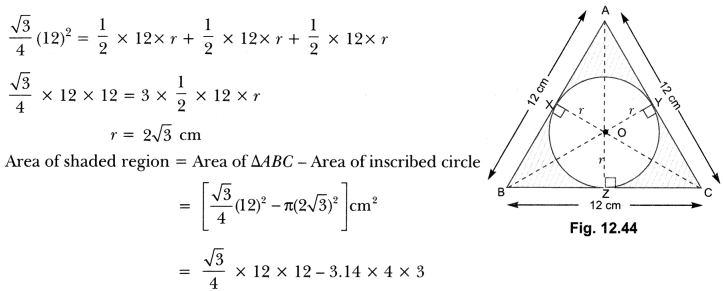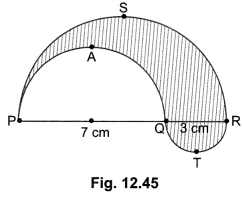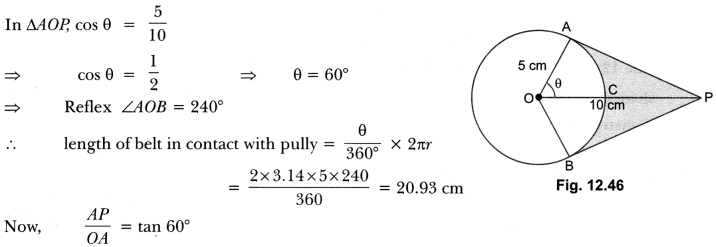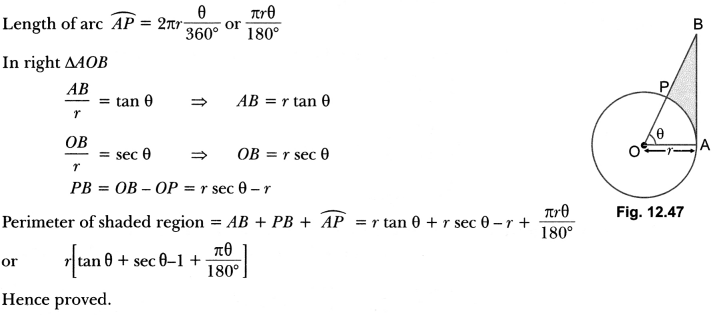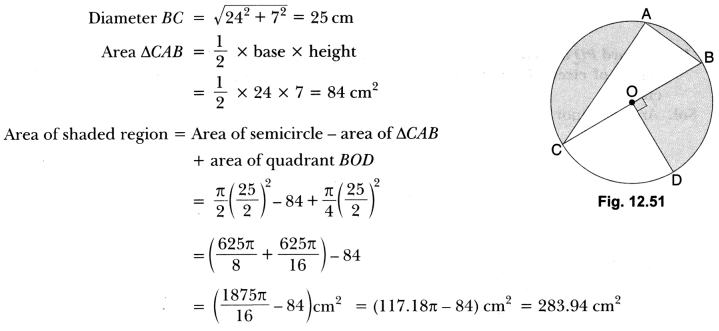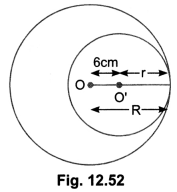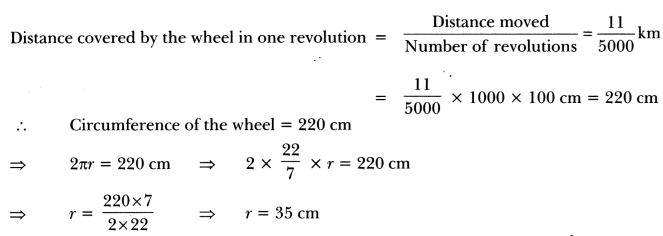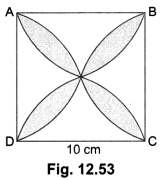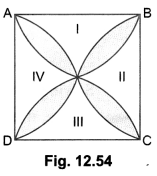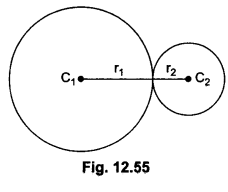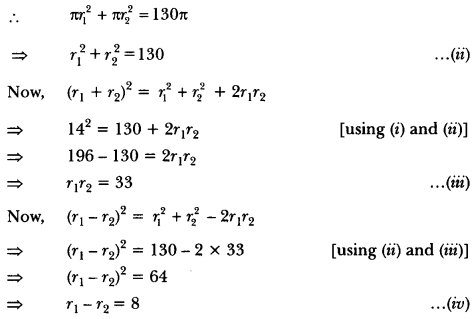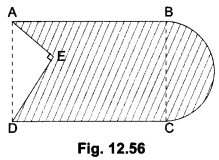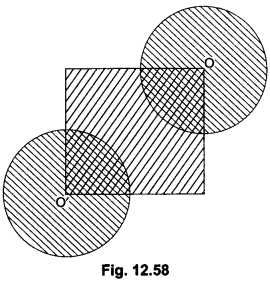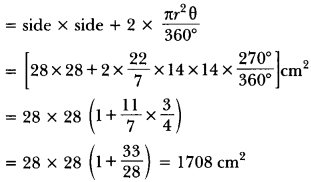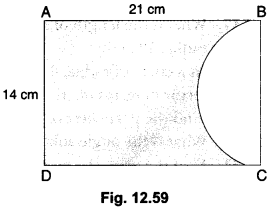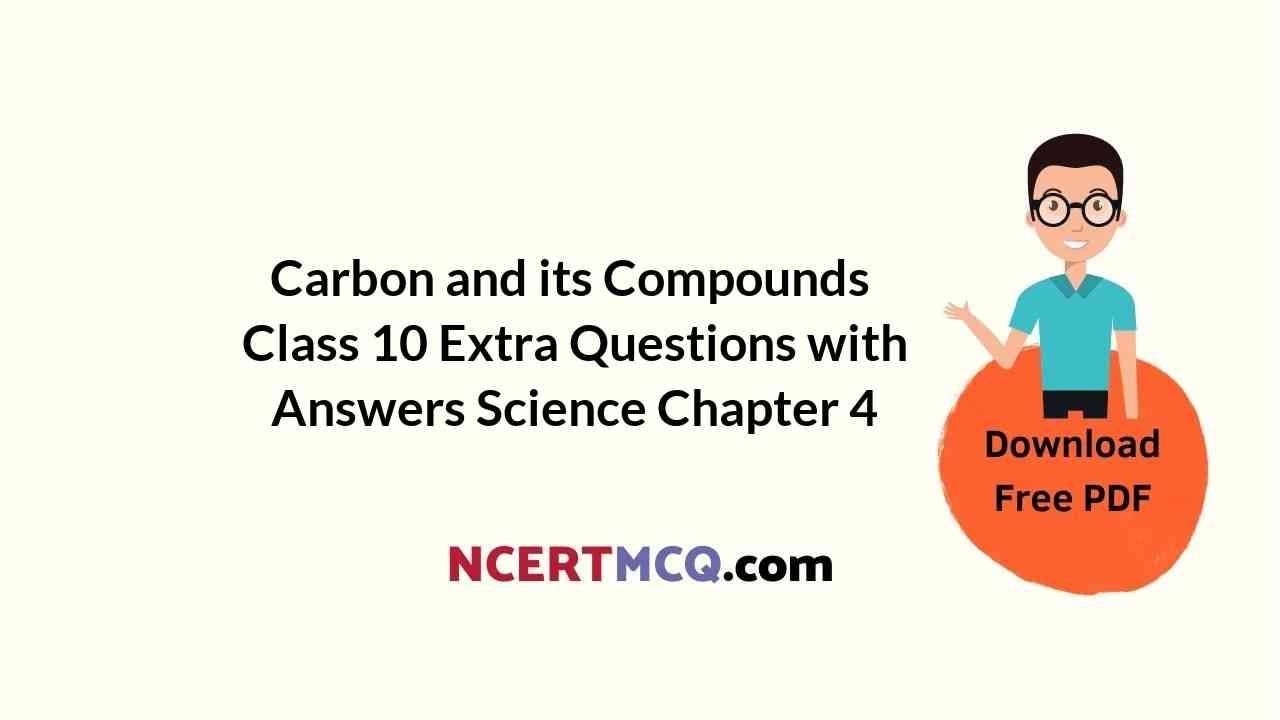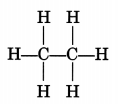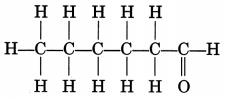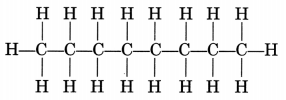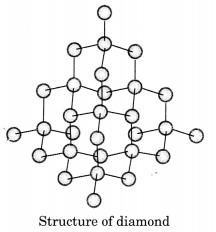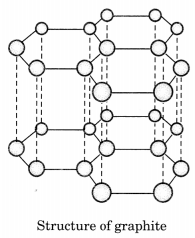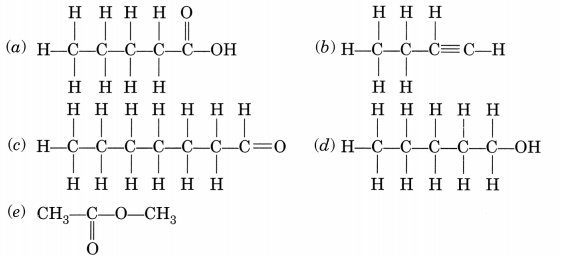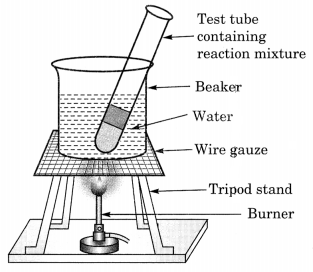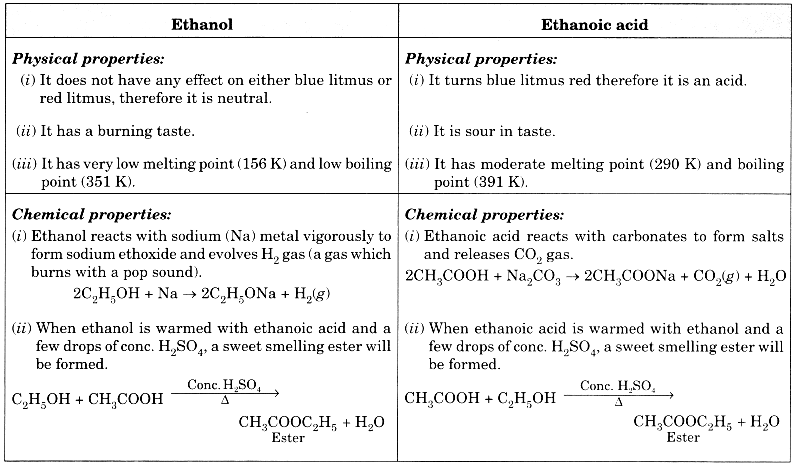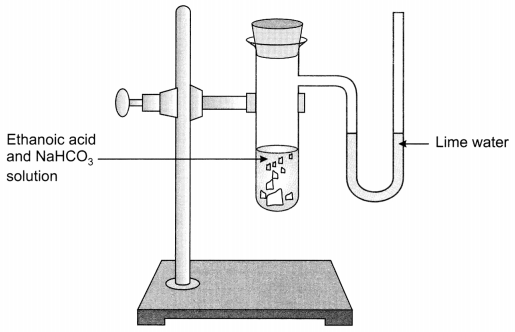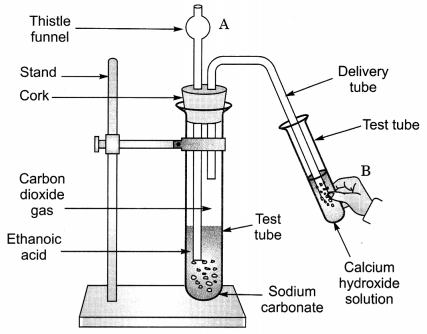Here we are providing The Thief’s Story Extra Questions and Answers Class 10 English Footprints Without Feet, Extra Questions for Class 10 English was designed by subject expert teachers. https://ncertmcq.com/extra-questions-for-class-10-english/
The Thief’s Story Extra Questions and Answers Class 10 English Footprints Without Feet
The Thief’s Story Extra Questions and Answers Short Answer Type
The Thief’s Story Extra Questions Question 1.
When and how did Hari Singh meet Anil?
Answer:
Hari Singh met Anil when he was watching a wrestling match. Hari Singh tried to befriend Anil.
The Thief Story Extra Questions Question 2.
How did Hari Singh succeed in his profession?
Answer:
He would frequently change his name to dupe the police. He would find out a kind and simple person for his target. He could wait until he had a favourable chance.
The Thief Story Class 10 Extra Questions Question 3.
Why did Hari Singh change his name every month?
Answer:
Hari Singh was a fifteen year old boy who introduces himself to Anil as Hari Singh. He was an experienced thief. He changed his name every month for his own safety from the police and his former employers.
The Thief Story Extra Question Answer Question 4.
Why did Anil agree to feed Hari Singh?
Answer:
Anil needed a helping hand who could cook for him. When Hari Singh said that he could copk well, Anil agreed to feed him.
Extra Questions Of The Thief Story Question 5.
How did the thief realise that Anil knew that he was robbed?
Answer:
When Anil gave him a fifty-rupees note it was still damp. The damp note was telling the whole story. Hari Singh knew that Anil was intelligent enough to understand what had happened in the rainy night.
The Thief’s Story Class 10 Extra Questions And Answers Question 6.
Why was it not easy for the thief to rob Anil?
Answer:
It was not easy for the thief to rob Anil as he was the most trusting person he had ever seen. The thief knew that it was easy to rob a greedy man because he could afford to be robbed. But to rob a careless man like Anil sometimes gave no pleasure of the work as he even did not notice that he had been robbed.
Thief Story Extra Questions Question 7.
What was the thief s reaction when he took Anil’s money?
Answer:
As the thief got the money he quickly crawled out of the room. When he was on the road, he began to run. He had the notes at his waist, held them by the string of his pyjamas. Later on he slowed down to walk and counted the notes. He thought that with those 600 rupees he could lead a luxurious life like an oil-rich Arab at least for a week.
The Thiefs Story Extra Questions Question 8.
How, according to Hari Singh, would the greedy man, the rich man and the poor man react. when they had lost their goods?
Answer:
Hari Singh had made a study of men’s faces when they had lost their goods. According to the thief, on losing their goods a greedy man’s face would show fear, the rich man’s face would show anger and the poor man’s face would show acceptance.
Thief’s Story Extra Questions Question 9.
How did Hari Singh know that Anil had forgiven him?
Answer:
It seems Anil knew about theft but neither his lips nor his eyes showed anything. He gave him fifty rupees and told him that now he would be paid regularly. He informed him that he would teach him to write sentences. It shows that Anil had forgiven him.
The Thief Story Extra Questions And Answers Question 10.
Why did the thief smile without any effect towards the end of the story?
Answer:
The thief smiled at Anil towards the end of the story in his most appealing way. But unlike as on previous occasions, this smile was natural and from the innermost comer of his heart. Being spontaneous, the smile was “without any effect”.
Class 10 The Thief Story Extra Questions Question 11.
Who does ‘I’ refer to in this story?
Answer:
In this story, T refers to the thief.
The Thief Story Short Question Answer Question 12.
What is he “a fairly successful hand” at?
Answer:
He is “a fairly successful hand” at stealing and robbing people.
Thief Story Class 10 Extra Questions Question 13.
What does he get from Anil in return for his work?
Answer:
When Hari asks Anil if he could work for him, Anil replies that he could not pay him. Finally, they reach an agreement that if he would cook, then Anil would feed him. However, Anil soon found out that he did not know how to cook. So, he taught him how to cook and later, how to write his name. He promised he would teach him how to write whole sentences and also how to add numbers. Apart from this, when Hari went out to buy the day’s supplies, he would make a profit of a rupee a day.
The Thief Story Class 10 Important Questions Question 14.
How does the thief think Anil will react to the theft?
Answer:
The thief thinks that on discovering the theft, Anil’s face would show a touch of sadness. The sadness would not be for the loss of money, but for the loss of trust.
Class 10 English The Thief Story Extra Questions Question 15.
What does he say about the different reactions of people when they are robbed?
Answer:
In his short career as a thief, he has studied reactions of so many people when they are robbed off their belongings. He has Observed that the greedy people showed fear; the rich showed anger and the poor people showed acceptance.
Question 16.
Does Anil realize that he has been robbed?
Answer:
Yes, Anil has realized that he has been robbed. He knew this probably because all the notes were wet and damp because of rain. However, he did not say anything to the thief and behaved normally.
The Thief’s Story Extra Questions and Answers Long Answer Type
Question 1.
“Everyone must have a chance to reform”. How did Anil worked upon these values and succeeded?
Answer:
Hari Singh had all the sharp wickedness to rob a person. He knew how to rob and whom to rob. He chose Anil for his purpose because the later was simple and easy, to approach. But when Anil started teaching him how to write words and then sentences and adding numbers, a good man in Hari Singh started dreaming of a life full of honestly and dignity. He got the chance to rob, he robed but the dream of being educated did not let him go. He returned to be educated.
Question 2.
‘Money cannot make a man as much as education can’. Elucidate this statement.
Answer:
Hari Singh had all the sharp wickedness to rob a person. He knew hdw to rob and whom to rob. He chose Anil for his purpose because the later was simple and easy, to approach. But when Anil started teaching him how to write words and then sentences and adding numbers, a good man in Hari Singh started dreaming of a life full of honestly and dignity. He got the chance to rob, he robed but the dream of being educated did not let him go. He returned to be educated.
Question 3.
“Love, trust and compassion transformed Hari Singh”. Explain with reference to the story “The Thief s story”.
Answer:
It is love and sympathy which has transformed Hari Singh into a respectable person. Anil Singh’s job was to write for a magazine. His income was not regular. He led an easygoing life. Anil can easily understand that he had been robbed when he found the notes wet. Anil does not react but rather offers him fifty rupees in the morning. Initially also Anil promised Hari Singh to teach him cooking as well as to write sentences. It was thus good action of Anil that helped Hari Singh to forget about the money and gave more importance to education.
Question 4.
How did Hari Singh happen to stay with Anil? How did he stay with Anil before he tried to rob him?
Answer:
Though Hari Singh was only fifteen years old yet he was a seasoned and successful thief. He met Anil at a wrestling match. He decided to rob him. He got himself introduced to Anil. He lied that he could cook. Anil allowed Hari Singh to stay with him. He would not pay but feed him. Anil did not turn him away though he cooked hopeless food. Anil promised to teach Hari Singh to cook as well as to write.
Due to lack of a regular income, Anil did not pay him any money. Hari Singh prepared the morning tea. He cheated Anil in the shopping and made about a rupee a day. Anil trusted him completely though he knew everything. It was quite difficult to rob Anil, a trusting and careless person. Anyhow he tried to rob him because his thievish nature urged him to do so.
Question 5.
Why did. Hari Singh decide to return stolen money? What light does it throw on his character?
Answer:
After stealing the money Hari Singh rushed to the railway station to catch 10.30 Express to Lucknow. But for some inexplicable reason he did not board the train. He decided to return to the man whom he had robbed. He sat down in the shelter of the Clock Tower and began to reflect upon his life. Suddenly he realised that Anil was helping him to learn reading and writing and that could change his life once and for all.
In his further mediation he made up his mind to return.It shows Hari Singh was grateful to Anil for helping him learn read and write. It also shows that deep in heart he had a- desire to change the course of his life. He wanted to give up theft and wanted to lead a life of a respectable person.
Question 6.
If you were Anil, would you have pardoned the thief? If Yes/No why?
Answer:
Once Hari Singh, a seasonal thief met Anil at a wrestling match. He gave Anil an artificial smile and asked for work in case he could feed him. Anil agreed but on every purchase Hari Singh made a profit. One day Hari Singh stole Anil’s money which was kept-under the mattress and left for the station. But the train left. In between, a good sense prevailed on Hari Singh. He slipped the money under the mattress and slept.
After tea, Anil gave Hari Singh a fifty rupee not and promised to pay him regularly. The note was still wet. Anil understood everything but did not expose the thief s doing. If I had been Anil, I would have pardoned him and traced the reasons for his thievish nature. I would give him an opportunity to mend his ways after serving a warning on the thief.
Question 7.
“A thief in Hari Singh changed into a good human being”. How far was Anil’s considerate nature responsible for this transformation?
Answer:
Hari Singh was an experienced thief who had robbed many people at such a tender age of fifteen years.’ He joined Anil as a cook with a motive of stealing money. But Anil was a kind and considerate person. He employed Hari Singh and taught him how to cook. He trusted him like his younger brother. He was always sympathetic towards him. Hari Singh found it was very difficult to rob such a good human being. He stole money but his conscience did not allow him to run away. He came back and became a . good human being. There was a change in his heart. Thus, it was Anil’s considerate nature which was responsible for this transformation.
Question 8.
What are Hari Singh’s reactions to the prospect of receiving an education? Do they change over time? (Hint’, compare, for example, the thought: “I knew that once I could write like an educated man there would be no limit to what I could not achieve” with these later thought: ‘Whole sentences, I knew, cloud one day bring me more than a few hundred rupees. It was a simple matter to steal—and sometimes just as simple to be caught. But to be a really big man, a clever and respected man, was something else.”)
What makes him return to Anil?
Answer:
When Anil offered to educate him, he thought of it as a bright career prospect for him. Hari knew that once he learnt to read and write, he would achieve more because the motivation behind it was robbing people and becoming a more cunning cheat. But soon Hari Singh’sf reaction to the prospect of receiving education changed and there was a change in his heayt. Probably because he got influenced by the calm in Anil’s life.
Now he also wanted to earn respect and developed a desire to be part of the civilized society. Although, both of them depended on irregular sources of income, but Anil seems to be more satisfied. This motivation was enough for him to return to Anil.
Question 9.
Why does not Anil hand the thief over to the police? Do you think most people would have done so? In what ways is Anil different from such employers?
Answer:
Anil does not hand over the thief to the police because he realized that Hari has already learnt a lesson and he has changed for the better now. Otherwise he would have never put the money back in its place. Though Anil knew how Hari cheated him of a rupee while buying the daily supplies but he never made it obvious in front of him.
Anil wants to give Hari one more chance to mend his ways and thus forgives him. Hari’s case is such that nobody would have forgiven him and straightway handed him over to the police. But Anil is a little different from such employers because he is modest in nature and does not want another person to suffer without giving him a chance to become a better person.
Question 10.
Do you think people like Anil and Hari Singh are found only in fiction, or are there such people in real life?
Answer:
I don’t think that people like Anil and Hari Singh are found only in fiction. There are such people in real life also. Although they are rare in today’s society but yes, they do exist. The first reaction of people, if someone is caught stealing, is that they will try to punish him and then hand him over to the police. But it should be realized that humans are bound to make errors but that shouldn’t let them loose a chance to rectify their mistake and change for good. At least a chance to reform should be given to that person. This is the only way to bring anyone to right path rather than punishing severely and thus making him a criminal forever.
Question 11.
Do you think there is a significant detail in the story that Anil is a struggling writer? Does this explain his behavior in any way?
Answer:
Hari Singh’s observation about Anil having irregular income and Anil’s statement about his sale of a book to a publisher indicates that he is a struggling writer. He lives life according to the amount of money he gets at a given time. When he has the money he enjoys eating out with his friends. When he is having less money then he even doesn’t pay salary to Hari Singh. This shows that he easily makes adjustments in his life without letting anything bother him.
Question 12.
Have you met anyone like Hari Singh? Can you think and imagine the circumstances that can turn a fifteen years old boy into a thief?
Answer:
Yes I know of a boy who was spoilt. His father was a driver and his mother was doing household work in various houses. He was sent to school but he started stealing something or the other from the student’s bags. So he was turned out of the school. He was beaten many times by his parents but he did not give up stealing. One day he ran from his house. After seven months he came back home. Difficulties faced by him made him a changed boy. He rejoined the school and is doing well with his studies.
I think the circumstances that can turn a fifteen year old boy into a thief may vary from person to person. But poverty, lack of education, unemployment, lack of food, negligence of parents and lack of pocket money, bad company and various allurements to buy something or others when there is no sufficient money may be some of the reasons for this.
Question 13.
Where is the story set? (You can get clues from the names of the persons and places mentioned in it). Which languages or languages are spoken in these places? Do you think the characters in the story spoke to each other in English?
Answer:
I think the story is set in old Delhi. Names like Hari Singh and Anil are very common in Delhi. The name (Jumna sweet shop’ indicates that the city must be on the bank of river yamuna. We find small residential houses in markets over the shops in old Delhi. Anil lived in such a house. The old Delhi railway station is adjacent to old Delhi Farm where Hari Singh decided to take Lucknow Express. His house must be very close to the railway station as he went there on foot. These clues from the story suggest that this story is set in old Delhi only. Hindi is spoken in old Delhi. No, the characters do not speak to each other in English.
